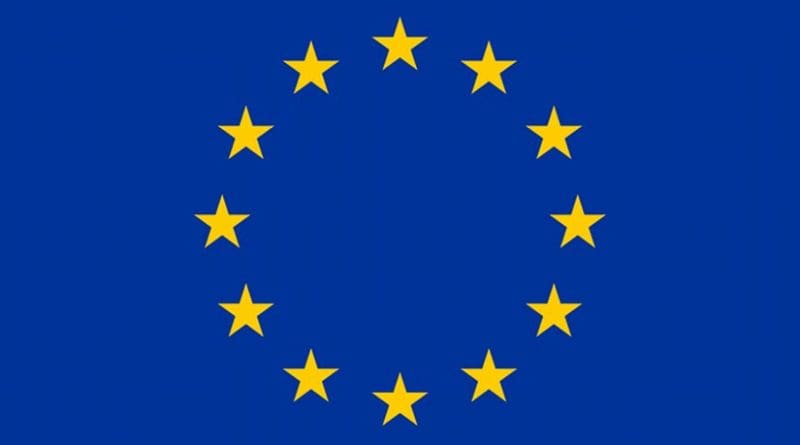EU Auditors Find Significant Progress For Roma Integration, But Obstacles Remain
EU policy initiatives and EU-funded projects to promote Roma integration have made significant progress, but there are still obstacles and dilemmas which prevent the money from having the greatest possible impact, according to a new report from the European Court of Auditors. In particular, say the auditors, progress has been hampered by a lack of suitable data, including data on ethnicity.
The auditors assessed whether EU policy initiatives and financial support had contributed effectively to Roma integration during the last decade. They visited four Member States: Bulgaria, Spain, Hungary and Romania.
The Roma are the descendants of groups which left the Indian subcontinent around 1,000 years ago and began arriving on the territory of today’s European Union in the 14th century. The term “Roma” refers to different groups which have certain cultural characteristics in common, as well as a history of persistent marginalisation in European societies. Today, the Roma population is the largest ethnic minority in Europe. Estimates of the size of the community vary widely between 10 and 12 million people. Of these, around 6.2 million reside in the EU, most of them in central and eastern Member States. The vast majority of Roma in Europe (80-85 %) now live a settled lifestyle. In the Member States where the concentration of Roma population is highest, Roma people account for between 15 and 20 % of school pupils and new labor market entrants.
“As things stand, we don’t really know how well Roma are being integrated because we don’t have robust data; we don’t even know how many Roma there are. Of course, ethnicity is a sensitive issue; but unless this problem is resolved, policy-making will soon be hampered all the way to 2020,” said Mr Henri Grethen, the Member of the European Court of Auditors responsible for the report.
The auditors found that the Commission had made significant progress in setting out EU policy initiatives promoting Roma integration and that all Member States had developed a National Roma Integration Strategy by 2012. But this came too late to have an impact on programmes and projects for 2007-2013, and a number of shortcomings remained.
First, the strategies did not indicate what level of funding was needed or the amount of money available; second, anti-discrimination, in particular anti-gypsyism, was not given enough attention; third, the need for active participation by representatives of the Roma was not always taken into account; and finally, the National Roma Contact Points set up to coordinate the development and implementation of the national strategies had sometimes been undermined by a mismatch of resources and responsibilities.
For 2014 to 2020, the auditors noted a number of improvements: Roma inclusion is explicitly referred to in the European Structural and Investment Funds Regulation, and a specific funding priority has been introduced to address it. Member States with country-specific recommendations, issued in the context of the European Semester, related to Roma integration are obliged to devote EU funds to promoting it. However, the auditors point out that additional efforts are required by both the Commission and the Member State to make sure that these changes will result in EU-funded projects better contributing to Roma inclusion on the ground.
Most projects examined had achieved their general inclusion objectives, although these were often not specifically Roma-related. Projects selected and implemented in accordance with the best practice criteria adopted by the Council were more likely to be effective.
The auditors make a number of recommendations to the Member States and to the European Commission.
The Member States should take the following steps.
- When revising their National Roma Integration Strategies, they should:
- specify the level of funding needed for Roma integration measures proposed in their
respective strategies; - include indicators and targets which deal with anti-discrimination or, more specifically, anti-gypsyism;
- ensure that Roma representatives are consulted and included in planning integration measures;
- and define in the role played by National Roma Contact Points in more detail.
- specify the level of funding needed for Roma integration measures proposed in their
- When implementing their operational programmes, they should:
- make use of best practice criteria for Roma integration in proposals and for selecting projects; and
- complement current output and results indicators with Roma-specific indicators, where appropriate.
- The Commission should:
- ensure that measures carried out under the ESIF are of an inclusive nature and contain provisions aimed at fighting segregation;
- make full use of the reports from Member States on effective Roma integration measures;
- ensure that Roma inclusion objectives in their National Roma Integration Strategies are reflected in the ESIF framework;
- consider legislation to ensure that, from 2020, the distribution of funds among Member States takes into account social inclusion indicators;
- work with the Member States on a common methodology for Roma ethnicity data to monitor their social inclusion; and
- encourage Member States to collect comprehensive statistical data on ethnicity within the next two years.

